Colocasia Won’t Make It Through Winter Outdoors – These Are Your Options
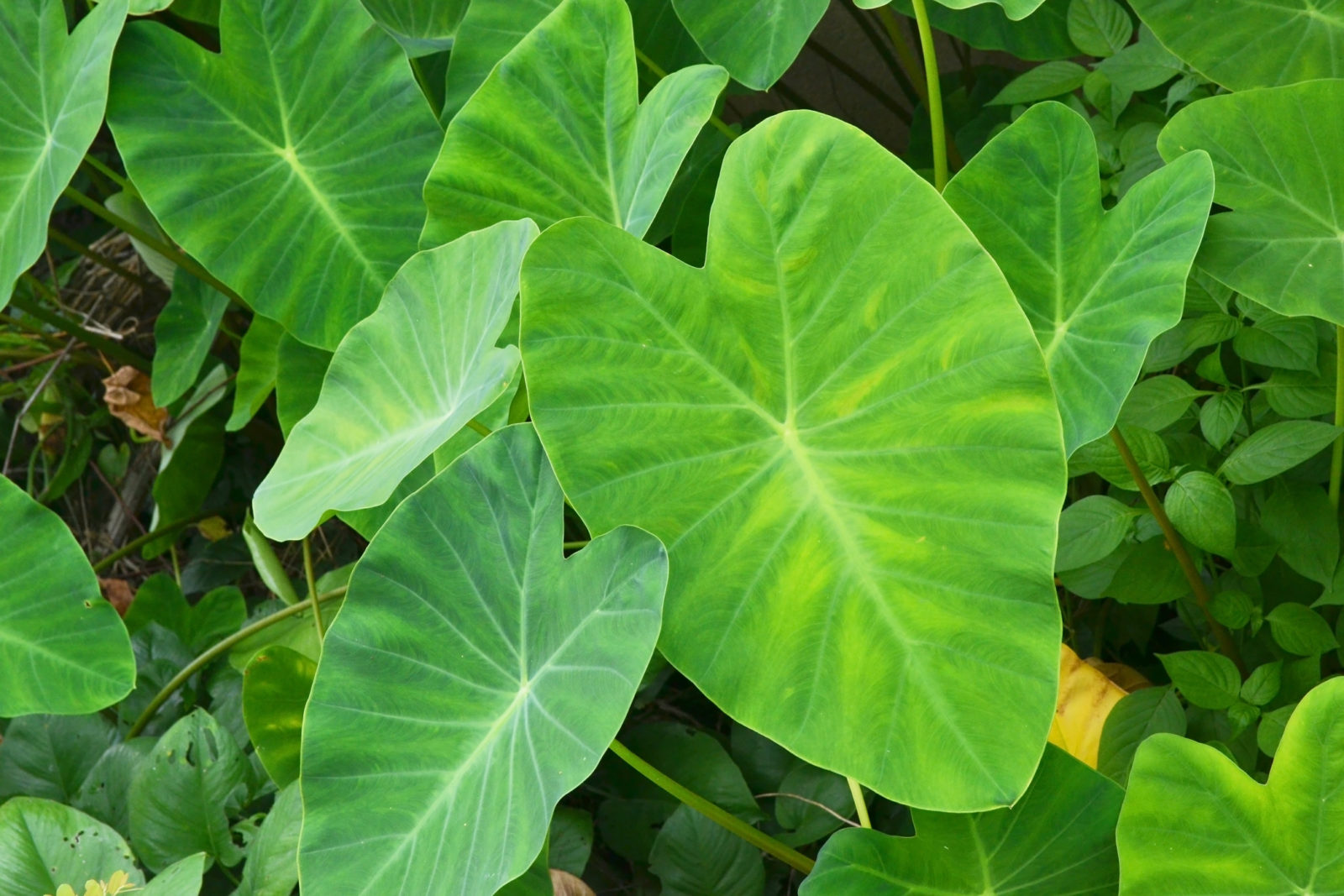
PERENNIALS > COLOCASIA > OVERWINTERING

Elizabeth is a Permaculture Garden Designer, Sustainability Consultant and Professional Writer, working as an advocate for positive change. She graduated from the University of St. Andrews with an MA in English and Philosophy and obtained a Diploma in Applied Permaculture Design from the Permaculture Association.
Reviewed By COLIN SKELLY

Colin is a Horticulturist and Horticultural Consultant with experience in a range of practical and managerial roles across heritage, commercial and public horticulture. He holds the Royal Horticultural Society’s Master of Horticulture award and has a particular interest in horticultural ecology and naturalistic planting for habitat and climate resilience.
IN THIS GUIDE
COLOCASIA GUIDES
Container Growing
Indoors Growing
Propagation
Varieties
Winter Care
Colocasia can be an excellent plant to grow as it is ornamental, with large, interesting leaves.
However, it is important to recognise that while growing this plant in the UK is relatively easy, it cannot make it through the winter in most gardens.
To care for colocasia in winter you have several options:
- Grow colocasia indoors all year round.
- Move container-grown plants indoors to use as houseplants over the winter months.
- Dig up plants and pot them up to move indoors, keeping them in active growth.
- Dig up and store the tubers over the winter months before replanting in spring.
We discuss each of these options in more detail below.
1) Grow Indoors Year-Round
If you wish, you can grow colocasia as houseplants year-round.
They should be placed in a warm, humid spot, with bright but indirect light.
To remain evergreen throughout the colder months, you will need to be able to maintain a temperature of around 20°C.
So, in a cooler home, it may not be possible to provide the conditions to keep the plant looking good all winter.
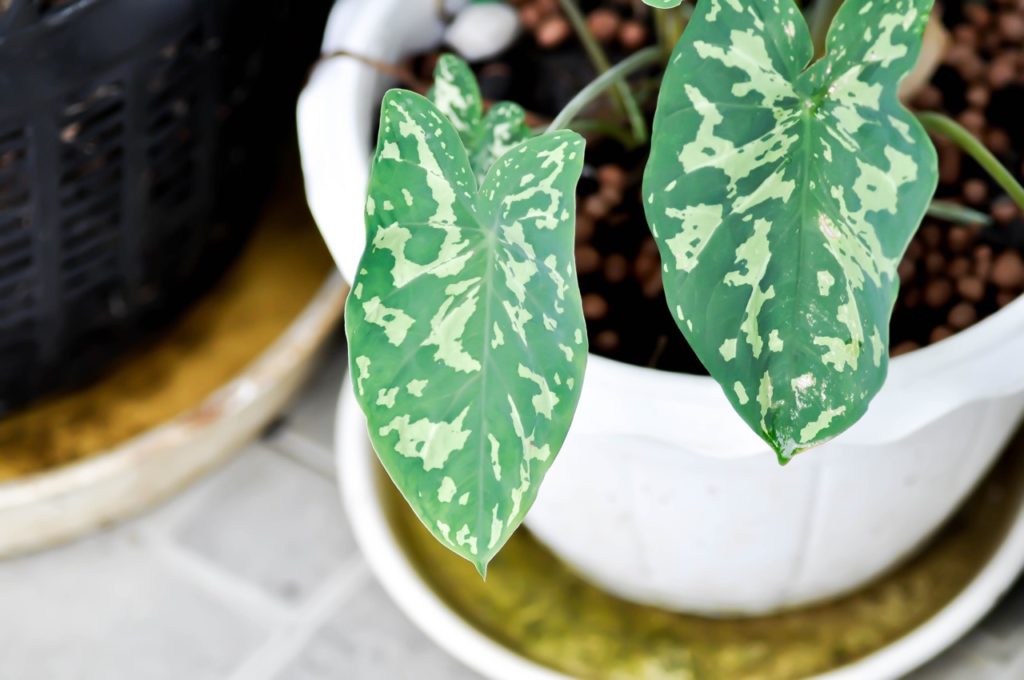
However, if you have a suitable spot to keep your colocasia thriving through the winter, this can be an easy option.
Just reduce watering (but keep the soil moist and the conditions humid) over the coldest months.
You can also allow your plant to go dormant, keeping the pot indoors in a suitable spot and allowing the leaves to die back before new leaves emerge in the spring.
Dormant plants require watering only very sparingly over the winter months.
2) Move Container-Grown Colocasia Indoors
Another option if you are growing your colocasia in pots is to place these outdoors in spring, after your last frost date, and then bring them inside again before the first frosts arrive.
Bring the container indoors and keep it around 20°C or let it remain in dormancy during the winter, watering only sparingly, before new growth emerges and the plants can be placed outdoors again in spring.
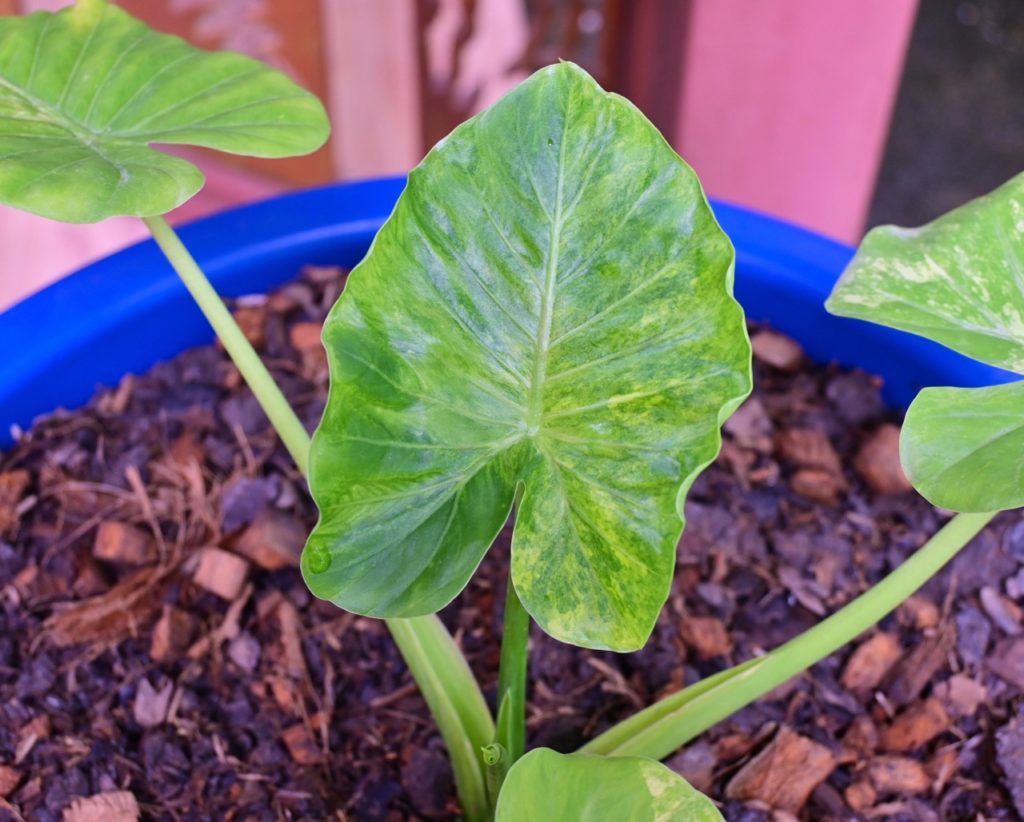
You might also simply treat taro as an annual crop, harvesting the tubers when the foliage begins to die back in the autumn.
At this point, you can also take divisions or offset corms and pot these up to keep indoors until spring.
3) Pot Up Plants Grown In The Ground
You do not necessarily have to grow colocasia in containers.
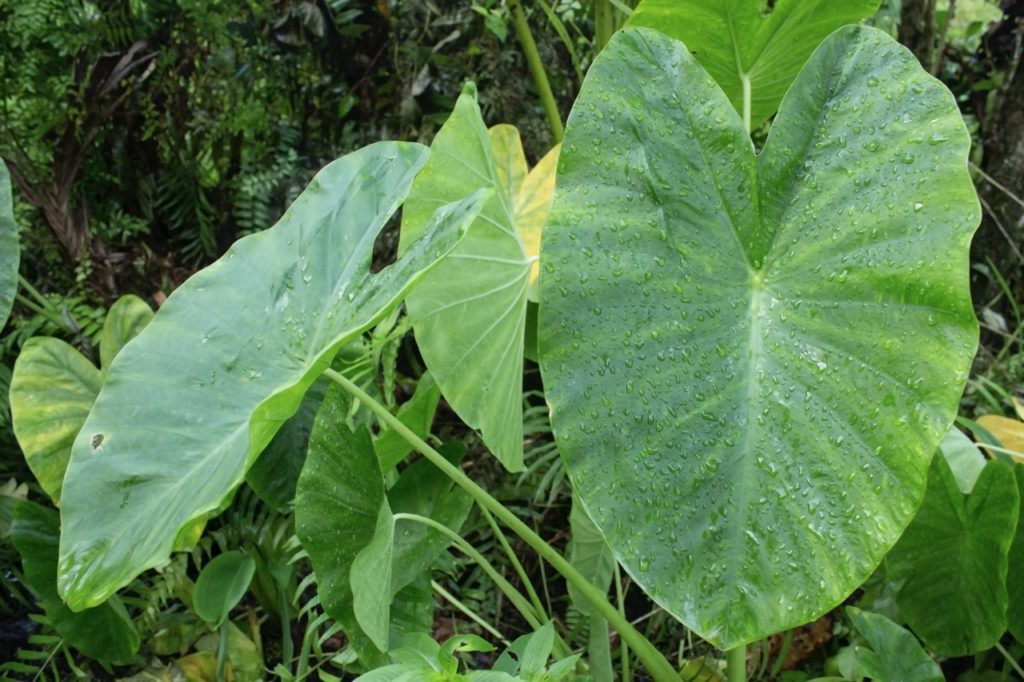
You can also place them, if you have a suitable spot, in the ground in your garden.
You can plant them out in spring in a moist bed, bog garden, or around the margins of a pond and then lift them and pot up the plants to move indoors for the winter.
4) Lift And Store Tubers
“Colocasia can be stored in a greenhouse over winter,” says Colin Skelly, a Horticultural Consultant.
“Growth will stop and there may be some die-back but the corm should be fine, especially if the plant is fleece-covered during the coldest weather.”
To do so, simply dig up and lift the plant, then cut off all the foliage.
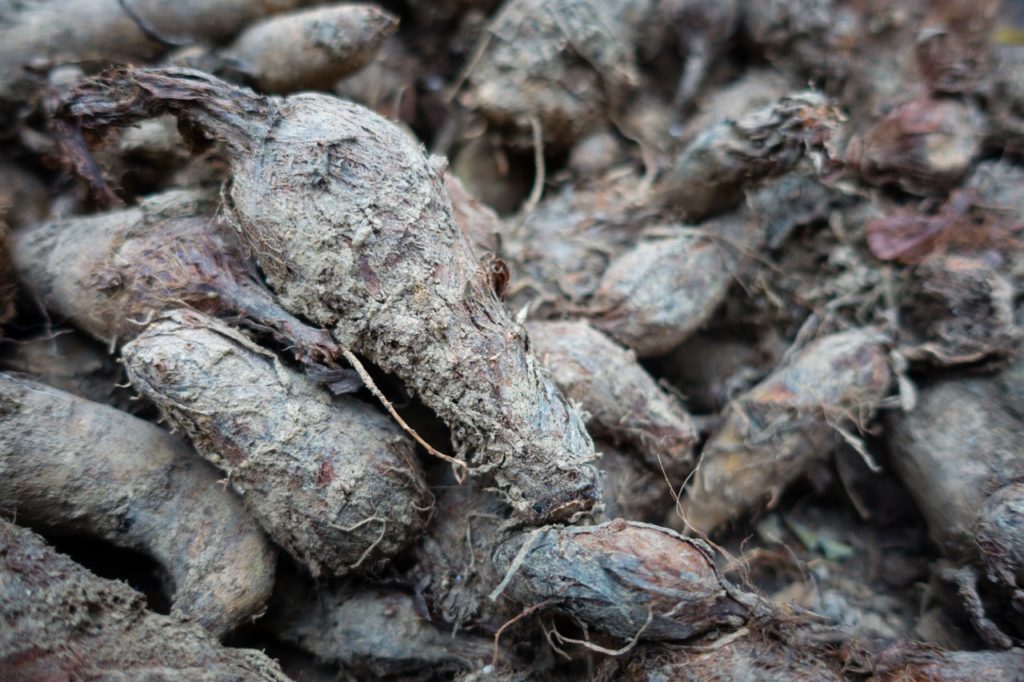
Dust or shake off excess dirt from the tubers and then store them in a cool, frost-free location until spring.
In early spring, bring the tubers back into growth and out of dormancy by bringing them indoors to a warm location and potting them up.
Then, if you wish, plant them back outdoors after the last frost date in your area.
By taking care of your colocasia over winter by choosing one of the above methods, you can continue to enjoy your plant over a number of years in your home or garden.
